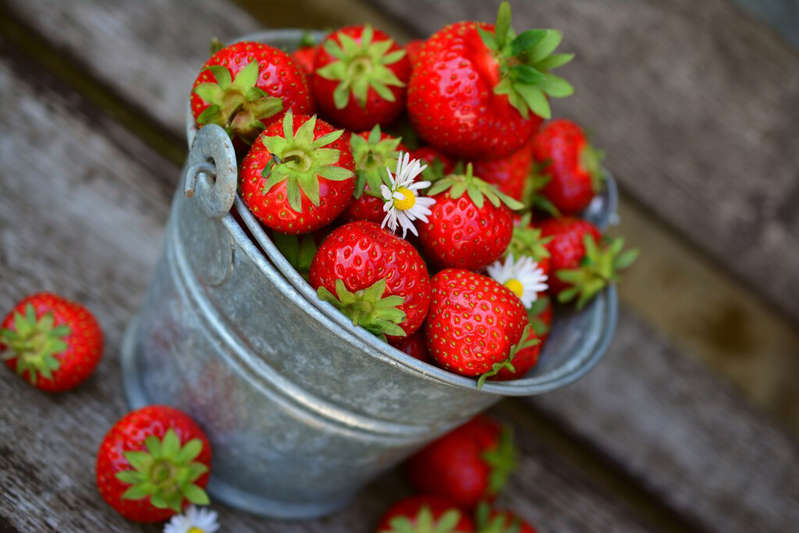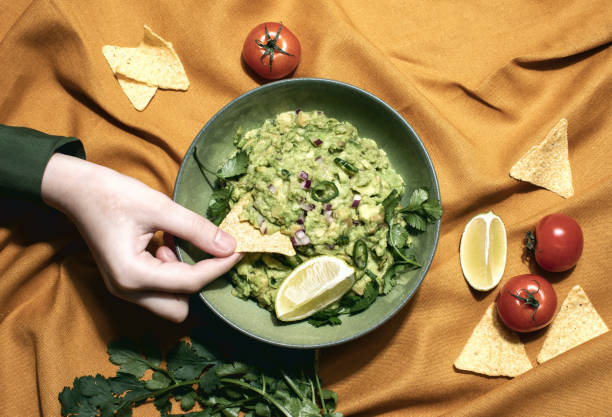When we talk about fruits, many times we think that we already know everything about them, in the end, we live with them since childhood. In many cases, they are the first foods we try. However, it is quite common for there to be botanical, nutritional, and logistical confusion when we talk about the great variety of fruits that exist. You probably don’t know some of the following facts.
As for nutritional content, it is true that all fruits contain fiber, but raspberries are the red fruits with the highest amount of fiber, to be exact, 8 grams per cup. Coconut and avocados are the only fruits that contain fat. In most fruits, the main source of calories is carbohydrates, except in these two fruits.
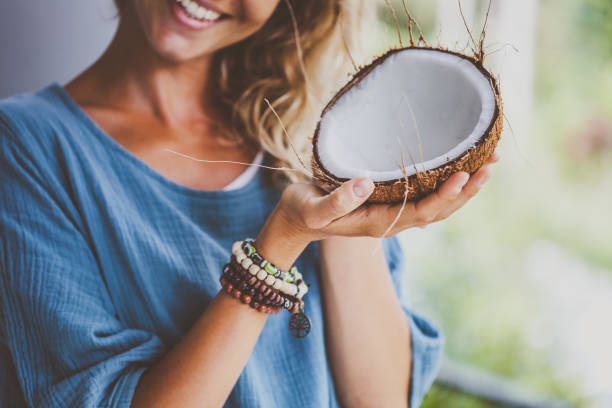
Believe it or not, peppers are fruits. According to botanists, a fruit is the part of the plant that develops from a flower and has seeds. The other parts of plants are considered vegetables, including the stems, leaves and roots, and even the bud of the flower. According to this classification, peppers, like zucchini, cucumbers, olives, eggplants, tomatoes, and pumpkins, belong to the group of fruits instead of vegetables.
However, from a culinary point of view, vegetables are less sweet or saltier. Fruits are sweeter and more acidic and are often served as a dessert or snack. Nutritionally speaking, fruits and vegetables are similar. They contain fiber, antioxidants, vitamins, and minerals. The simplest way to identify which is a fruit and which is a vegetable is that the fruits have seeds.
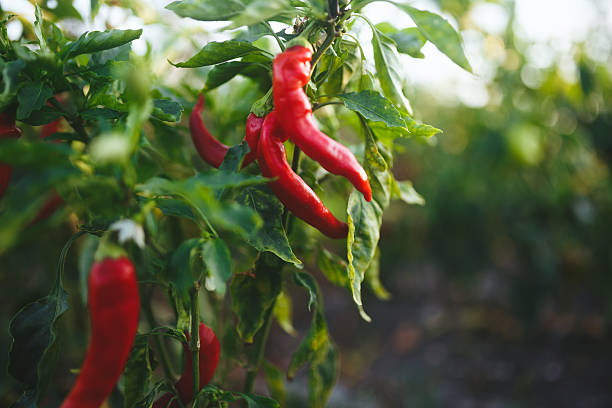
We see it over and over again in ads, but oranges aren’t the best source of vitamin C. A medium orange contains between 45 and 69.7 milligrams of vitamin C. It’s true that the vast majority of fruits and vegetables contain vitamin C, but kiwis beat oranges by a lot when it comes to this nutrient. They contain twice as much vitamin C as oranges, as well as containing other vitamins and minerals such as potassium.
Other fruits with more vitamin C than oranges are red peppers, green peppers, kale, broccoli, papaya, strawberries, cauliflower, Brussels sprouts, pineapple, mango, and guava. For normal development, adults should consume between 75 and 90 milligrams of vitamin C a day.
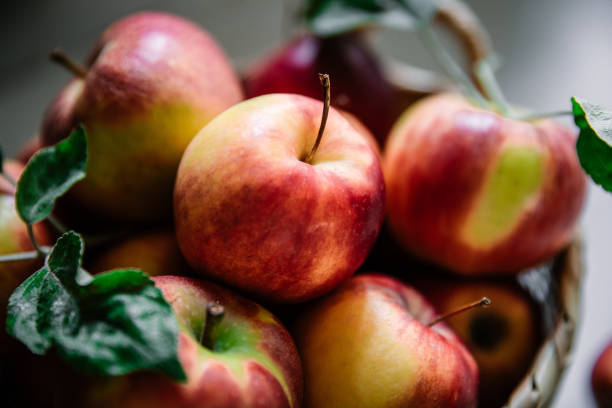
The apples you buy at the supermarket may be older than you think. Thanks to advances in storage technology, apples harvested during the fall can be stored until next spring or summer. An Australian study found that the typical supermarket apple is 10 months old.
Let’s see what the current processing process is like. Usually, after picking them up, they are placed in drawers submerged in water where they float. Here the first pre-classification is made, removing those stained or bruised apples. Then they are washed with soap and chlorine and rinsed with hot water.
In some places, wax is applied to improve shine and seal moisture, and then the apples are dried with hot air. They pass along a conveyor belt and are photographed by two cameras. The images are analyzed by computer to see the consistency in color, shape, and size. From the results, the fruit is sorted and placed in trays (class 1) or in bags (apples for processing).
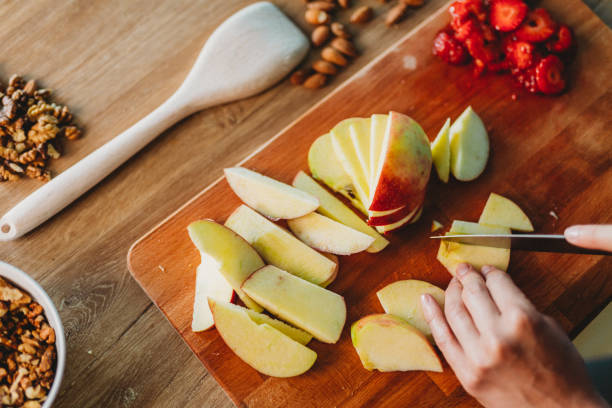
Once the apples are packed in boxes, they are cold stored in sealed rooms where their breathing rate is reduced. The fruit for an upcoming consumption, that is, during November to January, is cooled to 0°C. For long-term storage, the oxygen level is further reduced from 21 percent to 1.2 percent, putting apples to “sleep” for 6-12 months, when they are ready for sale.
So you know, not all fruits are loaded with carbohydrates; there are many ingredients that we consider vegetables but that from a botanical point of view are fruits, and the fruits in the supermarket may not be as fresh as they seem.
Don’t miss interesting posts on Famousbio

